Whitefish Bay is a contemporary village with the vision of being an inclusive, thriving, and sustainable community along the Lake Michigan shoreline. At the heart of Whitefish Bay is a unique and friendly shopping and entertainment district with shops that provide great customer service and genuine, specialized personal care. Our exclusive retailers and distinctive establishments offer an array of exceptional products and services unavailable in conventional shopping experiences.
The mission of the Merchants of Whitefish Bay is to champion the Whitefish Bay Business Improvement District as an exceptional place to shop, live, and conduct business – for individuals, families, and visitors.
A board of business and property owners and residents manages and operates the Merchants of Whitefish Bay, representing over 100 business and property owners within the district.
Whitefish Bay, located on the shore of Lake Michigan approximately 7 miles north of Milwaukee, Wisconsin, is an impressive community which has been recognized multiple times by Money Magazine as one of the top 100 small towns in America.
Our walkable commercial district along Silver Spring Drive and variety of independently owned shops contribute to making Whitefish Bay one of the Best Places to Live, a factor that has the business improvement district very proud. Attractive neighborhoods lined with old trees and stately homes, waterside parks and beaches, and annual events are additional aspects that have Whitefish Bay touted as a revered destination by the greater Milwaukee region.
In addition to our location on Lake Michigan, proximity to downtown Milwaukee, easy access to transportation, and convenient local shopping, residents also describe the strong sense of community, safe environment, excellent schools, local government service, and a diverse and attractive housing stock as reasons for making Whitefish Bay their home.
Follow the links below to learn more about our community and visit us on Silver Spring Drive soon to experience exceptional shopping in an impressive community!
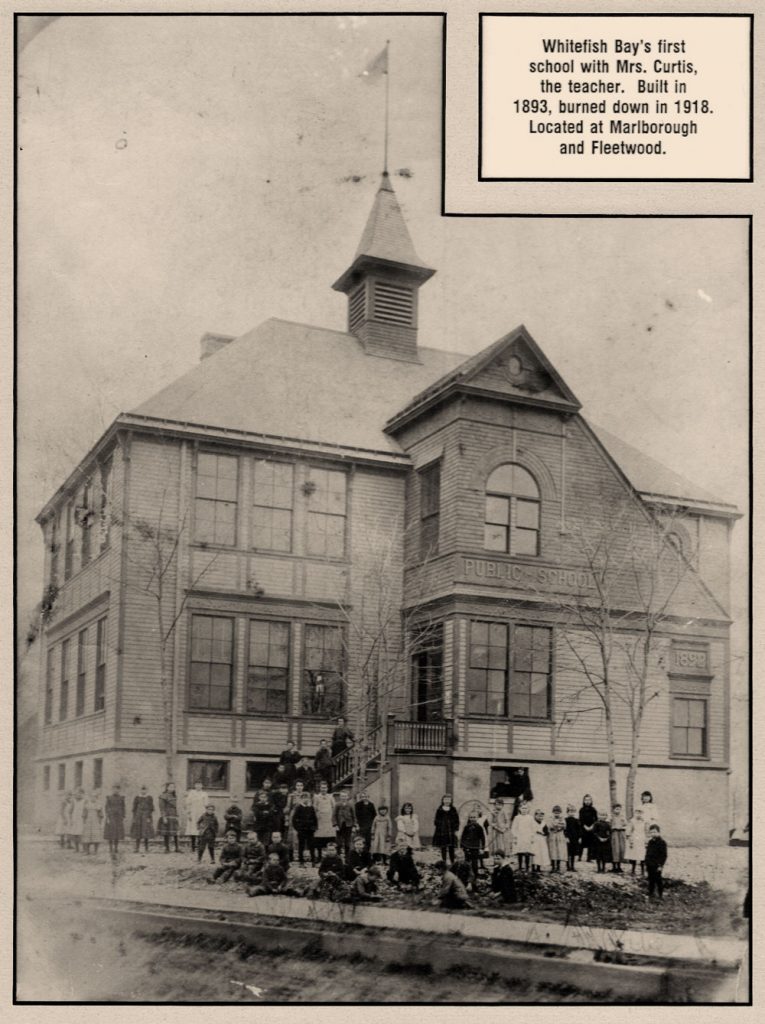
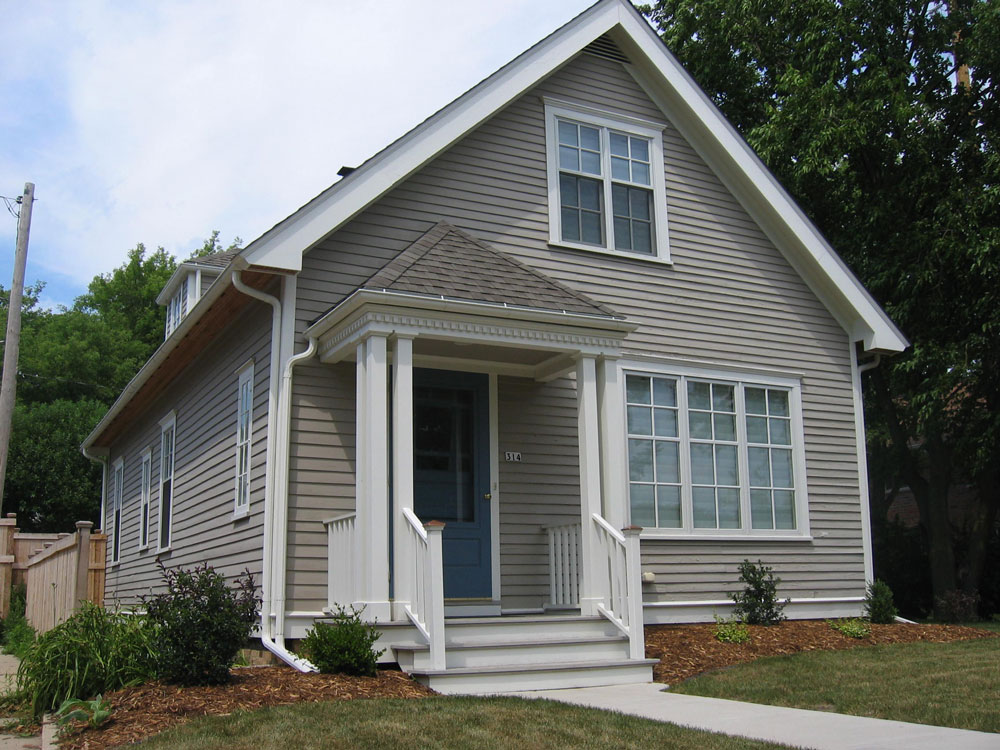
Some interesting facts about the Village’s early history:
After the new school was constructed, the Village Board met in the second-floor assembly room at the school until a building for the first village hall was acquired in 1903.
Tragedy hit the Fleetwood Whitefish Bay school in 1918—the building caught fire and quickly was lost. Some say that a flying ember from the near-by rail tracks was responsible—others disputed that source. In any case, the Village had a dilemma. It had to find an almost immediate replacement.
Land was available on the Port Washington and Whitefish Bay Road, now known as Henry Clay Street, on the site of the former Jefferson Park pavilion. Plans were immediately drawn up and construction commenced. It was initially occupied in 1919.
The Henry Clay School was a grade school, although that changed starting in 1930 when Shorewood notified the Village that it would no longer accept students from the Village. Whitefish Bay again had to find an immediate solution. One wing of the Henry Clay school was devoted to Whitefish Bay high school kids. They continued there until the new high school building was available for occupancy in 1932.
An eight-room addition was added to the Henry Clay School in 1951. It remained largely that way until 1980 when it was closed and converted into a community center.
In the 1980s, the Whitefish Bay school board began investigating the advantages of creating a middle school format and ultimately decided to proceed. The Henry Clay School was converted into a middle school and opened in August 1989. A new gym was added at that time. In 1991 the stage of the old gym was converted into two classrooms and a classroom was added to the basement level.
A 1994 Village referendum to add classrooms and other space to eliminate overcrowding was defeated; consideration is given to moving 8th graders to the high school. The following year the school board revised the expansion plans and hired a public relations firm to assist in the passage of a referendum to add classrooms and other space. The referendum passed narrowly (2980 for/2898 against). With the passage of the resolution, the additions proceeded. The school was re-named the Whitefish Bay Middle School.
The community and its residents have worked to create and support a strong school system that has generated great results. At the same time, a number of exemplary private schools have also flourished in the Village.
Why was the school initially named for Henry Clay?
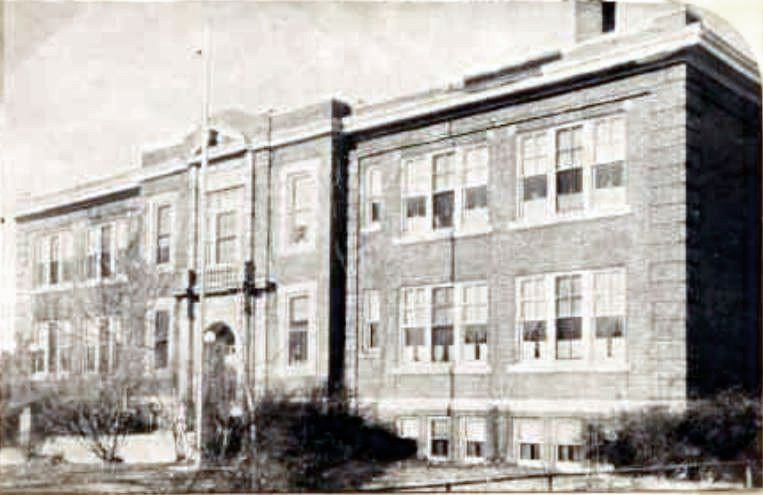
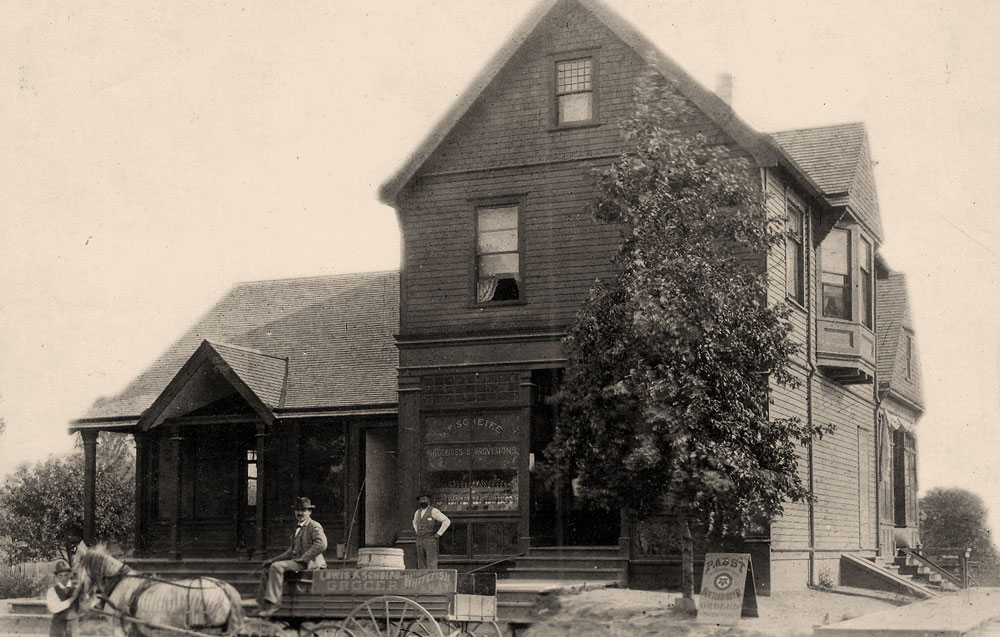
As non-farm residential neighborhoods were developed in Whitefish Bay, retail businesses soon followed. In the days before transportation allowed residents to move about easily, shops and services needed to be close at hand to meet the needs of the rapidly growing community. Two distinct shopping districts formed in the Village—one centered on East Silver Spring, and another one on Henry Clay Street. Both had grocery stores, gasoline stations, hardware stores, banks and other commercial enterprises.
Since the first real estate development activity in the Village occurred at the end of the rail line, it is no surprise that the earliest Whitefish Bay businesses also started there. It is believed that the first grocery store to serve the area was that of Lewis Sheife, built in 1892 on land leased from the railroad. It was located approximately where Winkies exists today. The Chicago and Northwestern Railway tracks ran just to the west of the building. Sheife also served as postmaster. The train would stop regularly to drop off and pick up mail bags.
Other retail stores quickly followed. Some continue to serve the community after many generations. Others closed as the nature of retail commerce changed over the years.
Many of the stores on Henry Clay Street have closed and have been replaced by apartment buildings when the character of the district changed. The Silver Spring shopping district, however, continues to serve the community well with a diverse mixture of retail establishments.
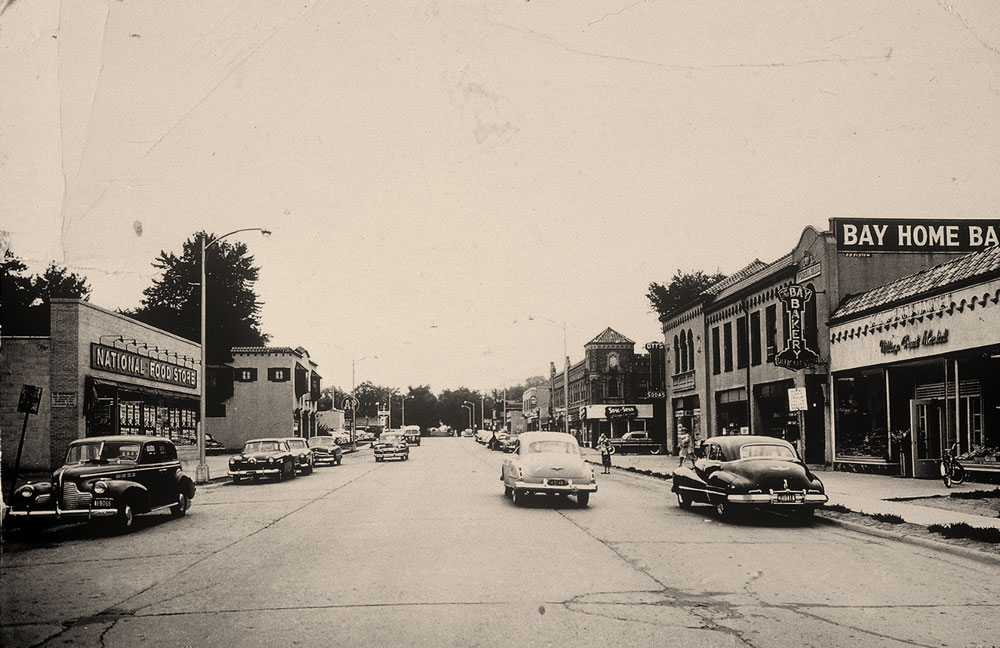
John McGivern featured our city on “Around the Corner with John McGivern” in season six episode 4. Click here to see the full episode.